In the middle of the Great Depression, US President, Franklin D Roosevelt created the Resettlement Administration to look at issues such as unemployment, affordable housing and the overcrowding of US cities. An economics professor, Rexford Guy Tugwell, from Columbia University was put in charge of the agency allowing him to put into action his dream of building communities that would create construction jobs and provide well-designed homes for low-income people along the principles of the garden cities movement in England.In 1936, Greenbelt, the first of such communities was built in Maryland between Washington DC and Baltimore. It was a bold experiment in co-operative living with all the town's businesses and even the newspaper co-operatively owned by the residents. The homogeneous houses and flats where built around a city centre that included shops, a theatre and an Elementary School.The Roosevledt Center as the business district is now known includes a supermarket, cafe, theatre and a few restaurants.Two other New Deal 'greenbelt towns' were established soon after at Greenhills, Ohio, near Cincinnati and Greendale, Wisconsin, near Milwaukee.In 1952 the US Federal Government decided to sell the towns. Greenbelt residents formed a co-op to buy the houses while the other two towns were sold privately.Greenbelt Home, Inc stills owns those original Greenbelt homes and the supermarket is still a co-op and the cooperative newspaper, the News Review, is still published weekly.A public swimming pool was opened in 1939 and it forms a major part of the Aquatic and Fitness Center.The town also boasted a significant series of works by sculptor Lenore Thomas. The statue of a Mother and Child still stands in the Rooseveldt Center.Other works adorned the façade of the Elementary School which has now become the Community Center, but more on that another time.
References:
The City of Greenbelt website
Historic Greenbelt Walking Tour Trail Guide, created by the Greenbelt Museum, reprinted 2011
No Man’s Land
16 hours ago
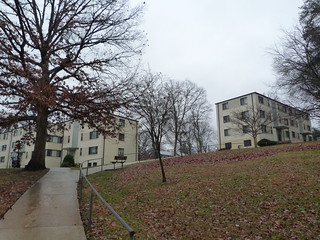
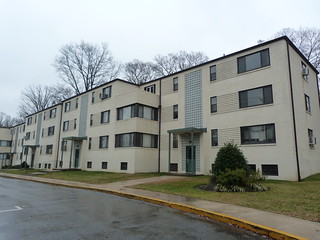
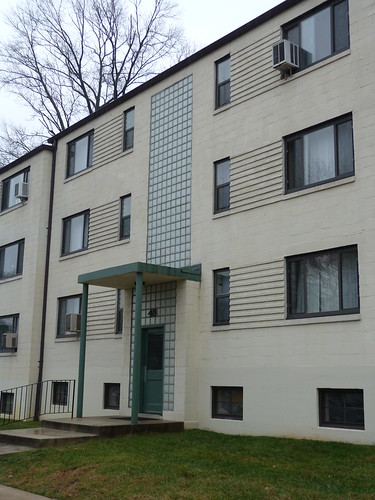
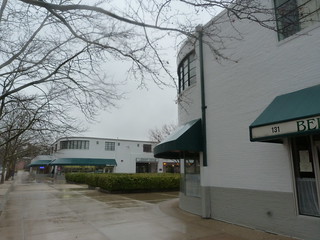
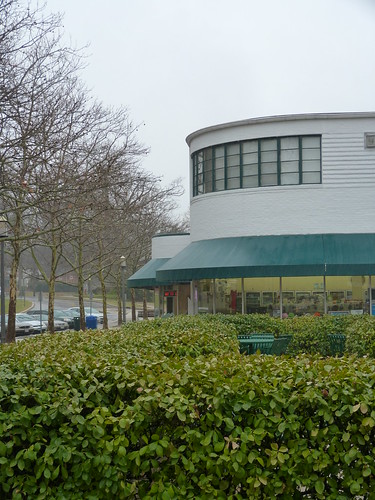
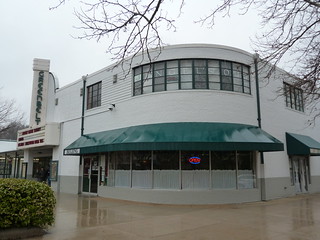
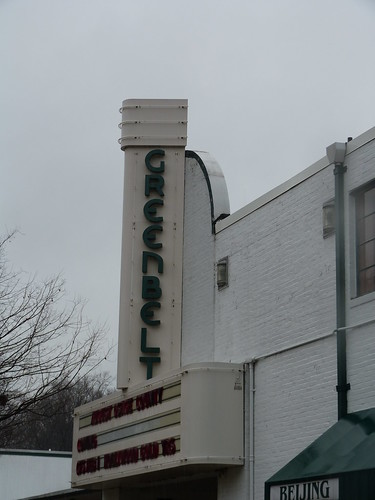
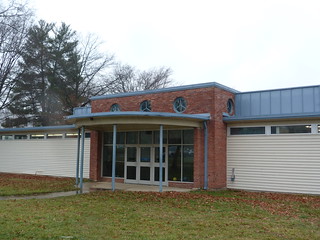
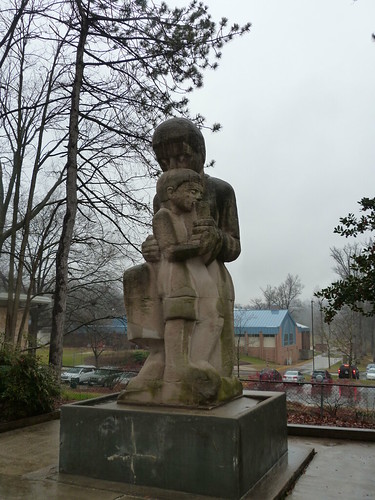






































.jpg)















Fascinating David - very different story from Port Melbourne's bank houses which followed a different model even if informed by the same ideas.
ReplyDeleteFor sure Janet. Some similarities with the uniformity of housing and the central shopping area. Also the shops in Greenbelt are on a street called Centerway while of course Garden City in Port has Centre Avenue.
DeleteI like those "projects", elegant and simple, yet i don't like that AC on the window but i guess it had no other choice...
ReplyDeleteYes air conditioners are a problem and they are generally ugly. The best solution I've seen is in Miami South Beach where they encased the AC inside a slotted metal box which looked quite good and still let the air in.
DeleteThere's some examples on my post about Chatham Apartrments
Perfect :) I have been thinking and writing a lot about the Great Depression, Public Works Art and President Roosevelt. Just by example, I was very interested in a New Deal community called Jersey Homesteads.
ReplyDeleteGreenbelt looks terrific, especially since many of the cooperative components of the town are still in place. I loved the garden cities in Britain and Australia, but I think the New Deal responses to the Depression In the USA were more heroic!
Thanks for the link
Hels
Narrative history in mural art
I find it interesting that in the USA, of all places, they experimented with co-operative owned towns. I can't imagine that happening after WWII during the height of the Cold War. That some aspects of the co-operative ownership system still exists in Greenbelt is perhaps more amazing. Perhaps they shouldn't be so afraid of other socialist ventures such as universal health care.
Delete